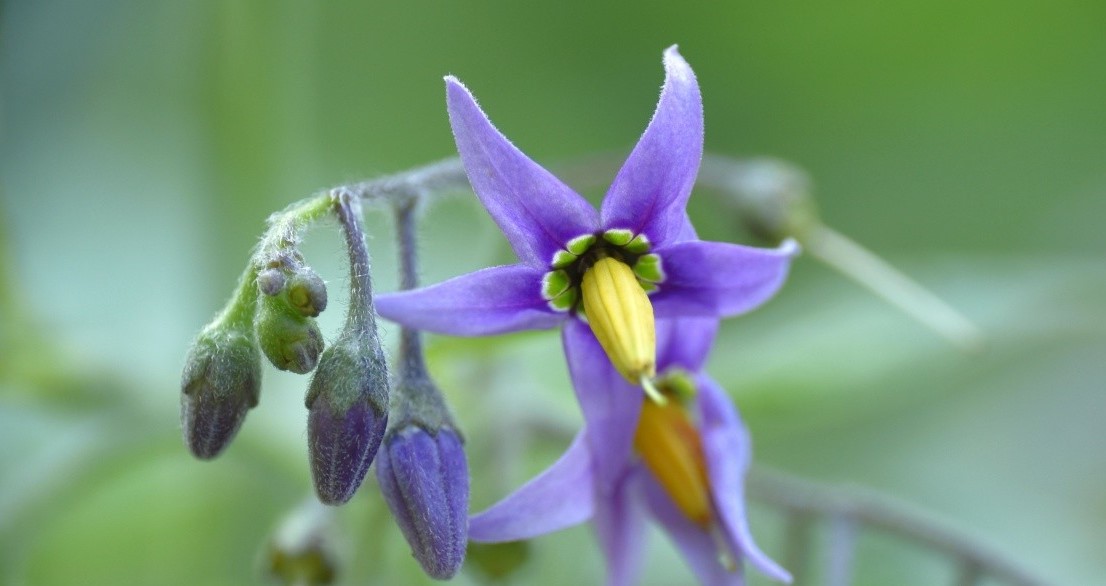Dulcamara

Dulcamara is a herbaceous vine that can grow up to several meters in length. It has distinctive, lance-shaped leaves and produces small, star-shaped purple flowers that give way to red berry-like fruits. While the berries may appear tempting, they are toxic and should not be consumed.
Historically, Dulcamara has been used in traditional medicine for various purposes, such as treating skin conditions, respiratory issues, and joint pain. However, it contains potentially harmful compounds, including solanine and solasodine, which can cause poisoning if ingested in large quantities.
Due to its toxic nature, Dulcamara should not be used for self-medication, and any medicinal use should only be done under the guidance of a qualified healthcare professional. It is essential to exercise caution and avoid using plants with potential toxicity, as the risks can outweigh any potential benefits.



Leave a Reply